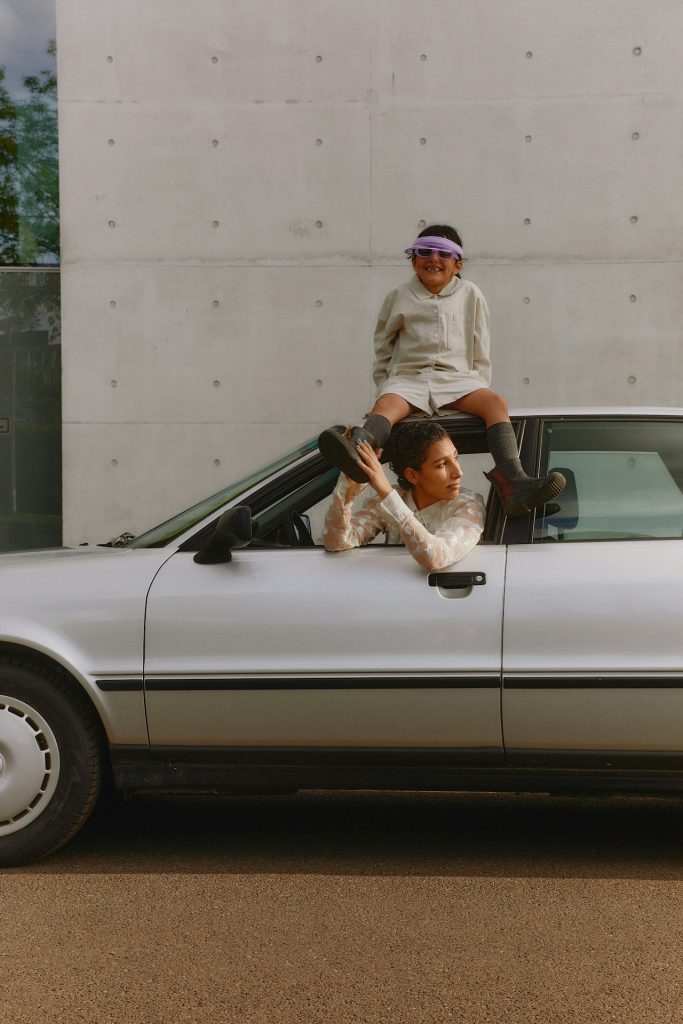Today is National Day for Truth and Reconciliation: What Does That Mean?
September 30th marks the first National Day for Truth and Reconciliation in Canada.
This statutory holiday, put in place by Trudeau’s Liberal government, is intended to help educate and remind Canadians about the history of residential schools while celebrating those who survived and honouring the victims, a number that grows with each residential school searched.
The National Day for Truth and Reconciliation has been established in response to the Truth and Reconciliation Commission’s Calls to Action, a list of actions to be taken by the Canadian government to help the process of reconciliation for the ongoing genocide of Indigenous peoples. Call to Action 80 calls explicitly for a statutory holiday that commemorates this.
This year is extremely powerful for two reasons: it is the first year this day is being celebrated and the residential schools being searched has brought a new level of awareness to the horrors that Indigenous peoples knew about.
Thousands of children have been found with the few residential schools that have been searched. With how many have been found at so few schools (or, better called, crime scenes), it’s a safe – and deeply disturbing – assumption to make that thousands more children will be found as the search continues.
Today is a day to pause, take a breath, and commemorate those children.
But how do you, as a non-Indigenous person, commemorate this date? What does it all mean?
Well, it means a few simple things. First, you’ll want to take time to reflect, especially if you have been given the day off work. It’s an uncomfortable thing to do, but it’s important. If you’re uncomfortable, think about how truly common moments of silence or reflection are within other holidays. Moments of silence on Remembrance Day, for example, or 9/11 anniversaries in the United States.
Michelle Good, author of the book Five Little Indians, speaks about her thoughts on the holiday. “I really think it needs to be considered in the same vein as Remembrance Day. It’s a solemn day and there should be events associated with it that reflect that solemnity and I really hope there will be.”
Her statement leads into something else you can do to have meaningful participation on National Day for Truth and Reconciliation – seek out events or other forms of activations. If you struggle to reflect on your own, events are a great way to learn straight from the community and hear from people directly impacted. The Downie and Wenjack Fund will be hosting a discussion to explore more of the significance of this new statutory holiday. This discussion is available today for free to the public.
If you’re going out today for any reason, see if you can wear an orange shirt. Seen as the clothing symbol for support of the cause, the orange shirt comes from a story of a residential school survivor. Phyllis Jack Webstad’s grandmother gave her a brand new orange shirt to wear on her first day of school. However, the shirt was stripped away from Phyllis almost instantly when she began her first day of school at a residential school. Phyllis wrote about her experience and the symbolism around the orange shirt, saying, “the colour orange has always reminded me of that and how my feelings didn’t matter, how no one cared and how I felt like I was worth nothing. All of us little children were crying and no one cared.” After sharing her story publicly, Orange Shirt Day took off in 2013, and orange shirts became a symbol of Indigenous support.
And please, please, remember this goes so beyond just today. Write to your MP about Indigenous issues, amplify Indigenous voices all year, and support Indigenous artists where you can. Looking at new moccasins to keep warm at home this winter? There are so many incredible Indigenous stores to buy authentic options from. Need something to read while bundled up at home? It’s the perfect time to find a new favourite author!
The truth is, National Day for Truth and Reconciliation is a step in the right direction, but it is the first step on a long journey of reconciliation. That’s not to discredit the first step. It’s just the reality.
But I’m hopeful. I’m hopeful about where this first step will take us. We just have to keep walking after this, not take a step and then wait for next year.
If you are Indigenous and struggling today, please reach out for help. Canada’s Indian Residential School Survivors and Family Crisis Line is available 24 hours a day at 1-866-925-4419.







